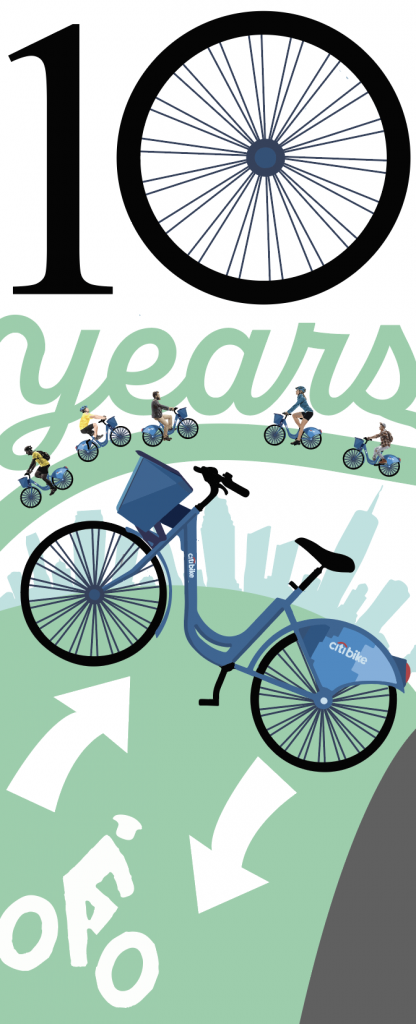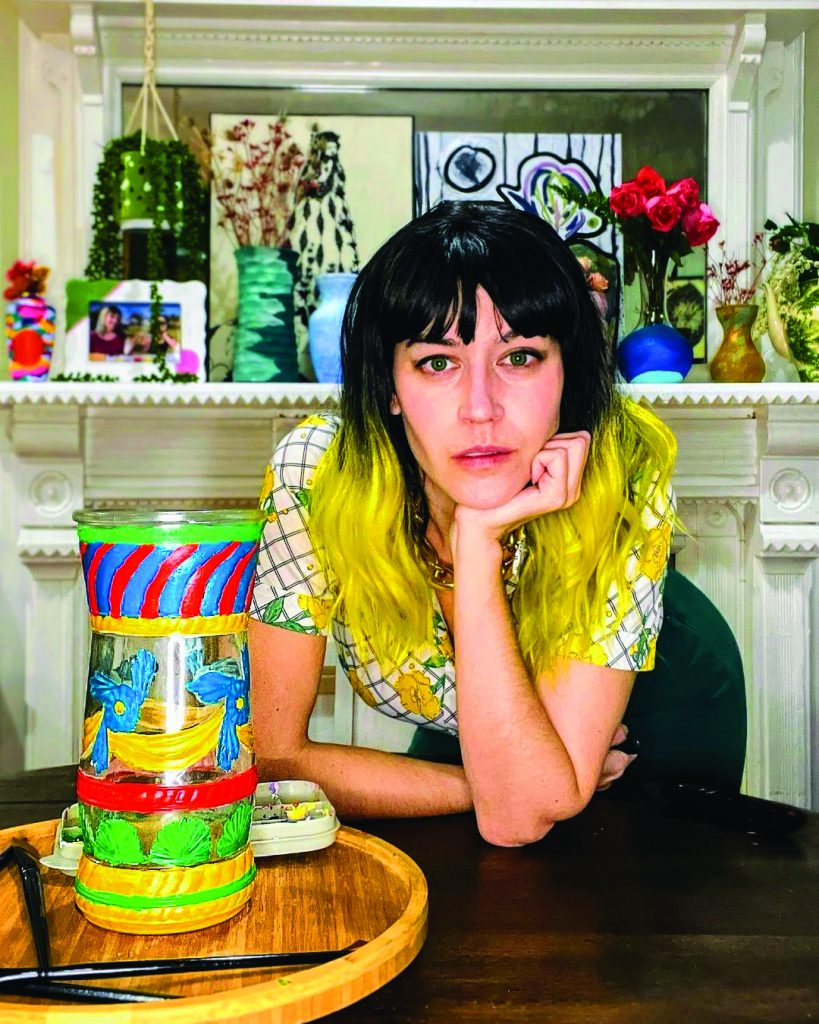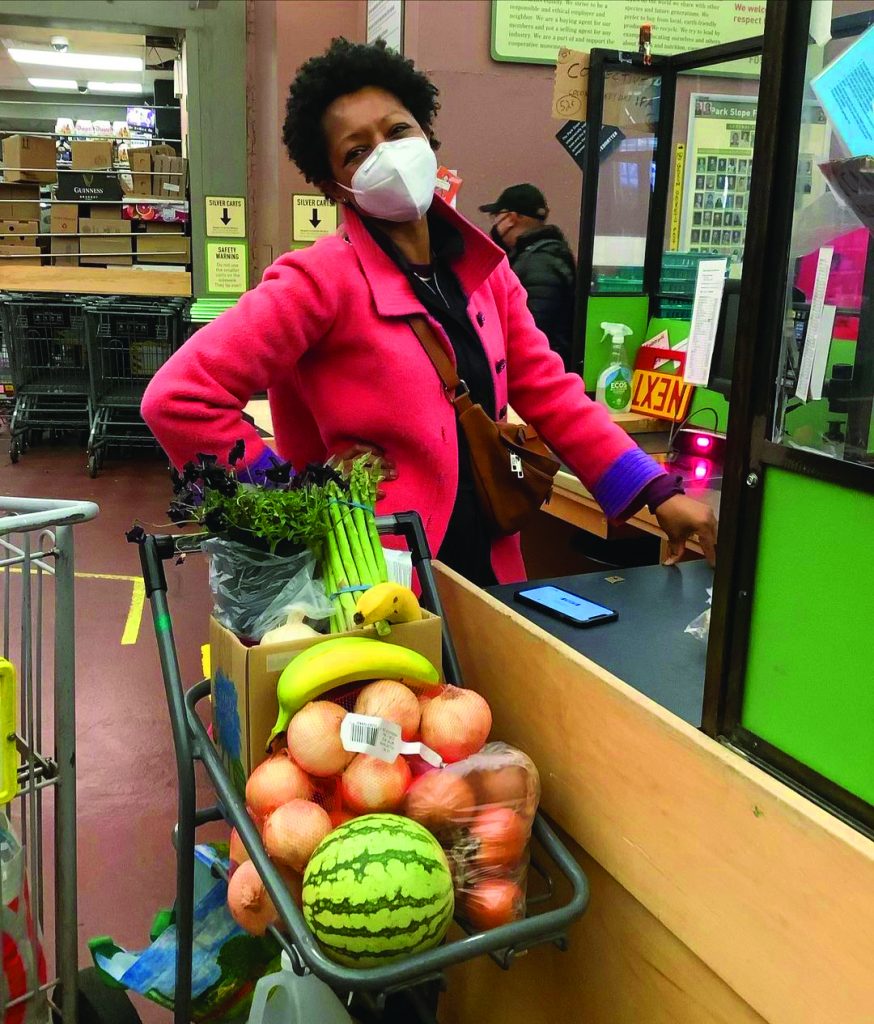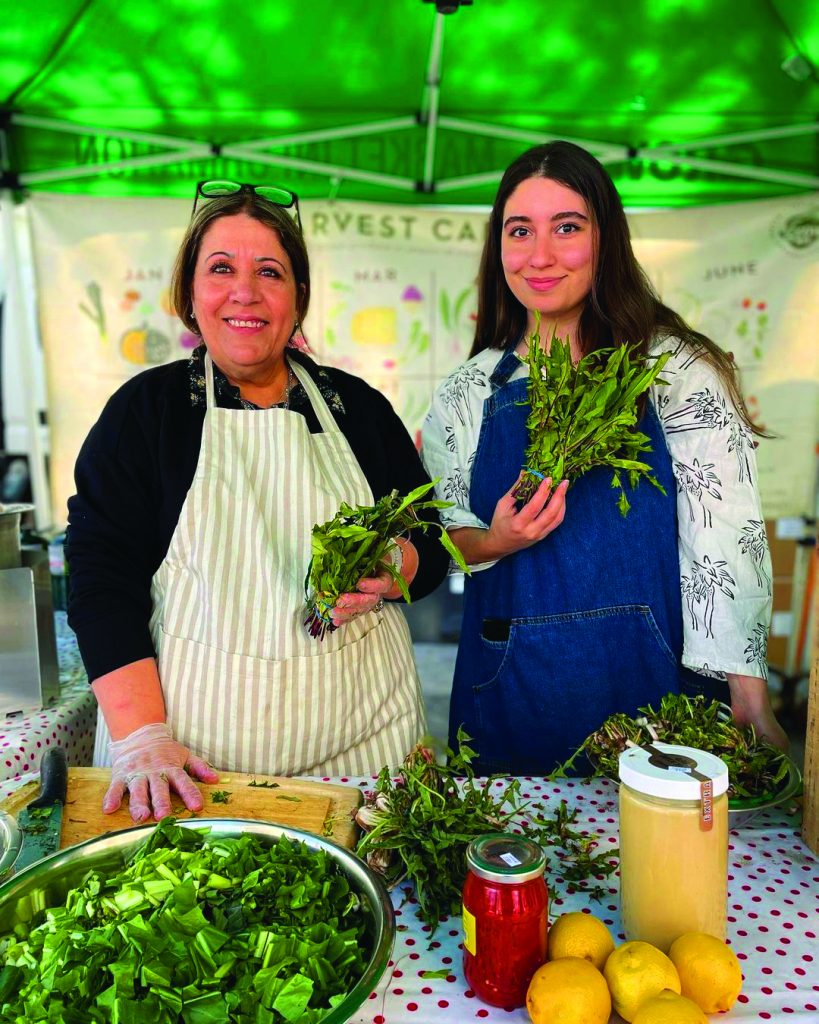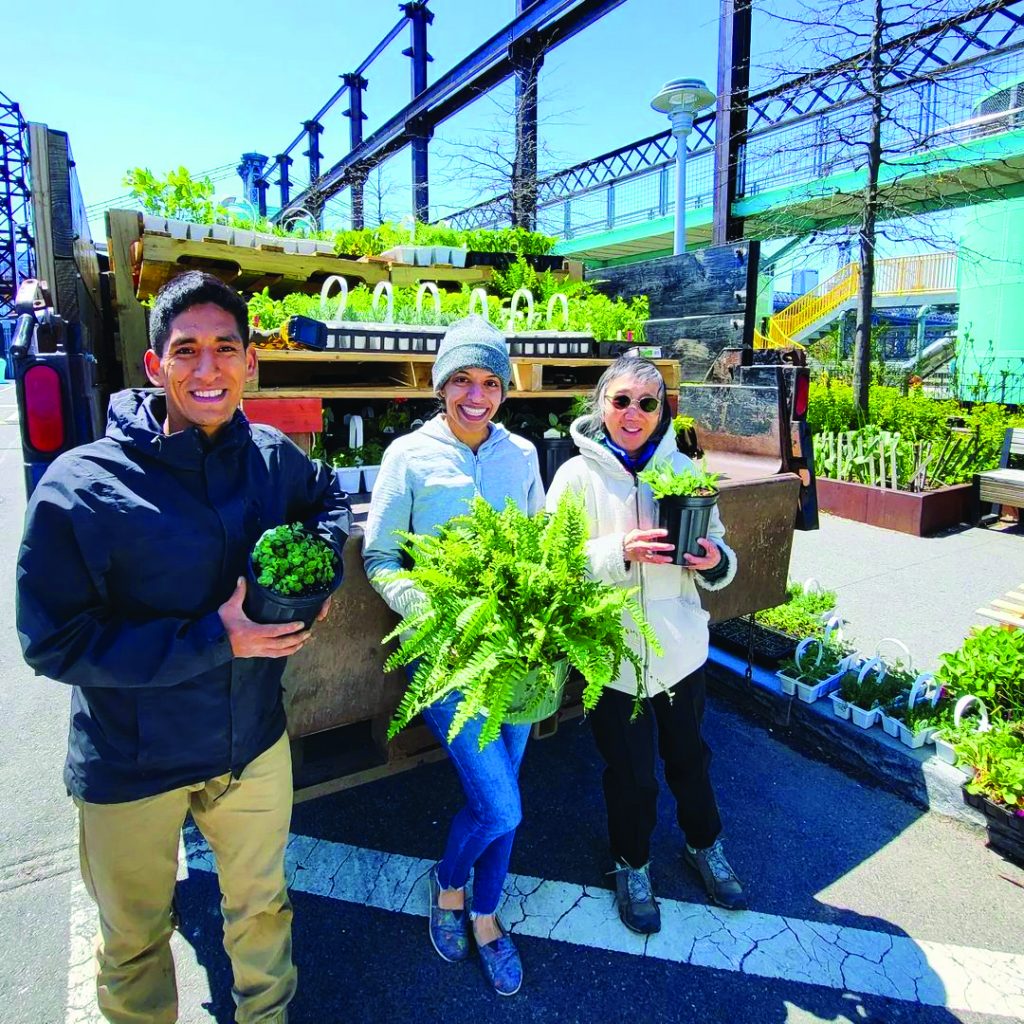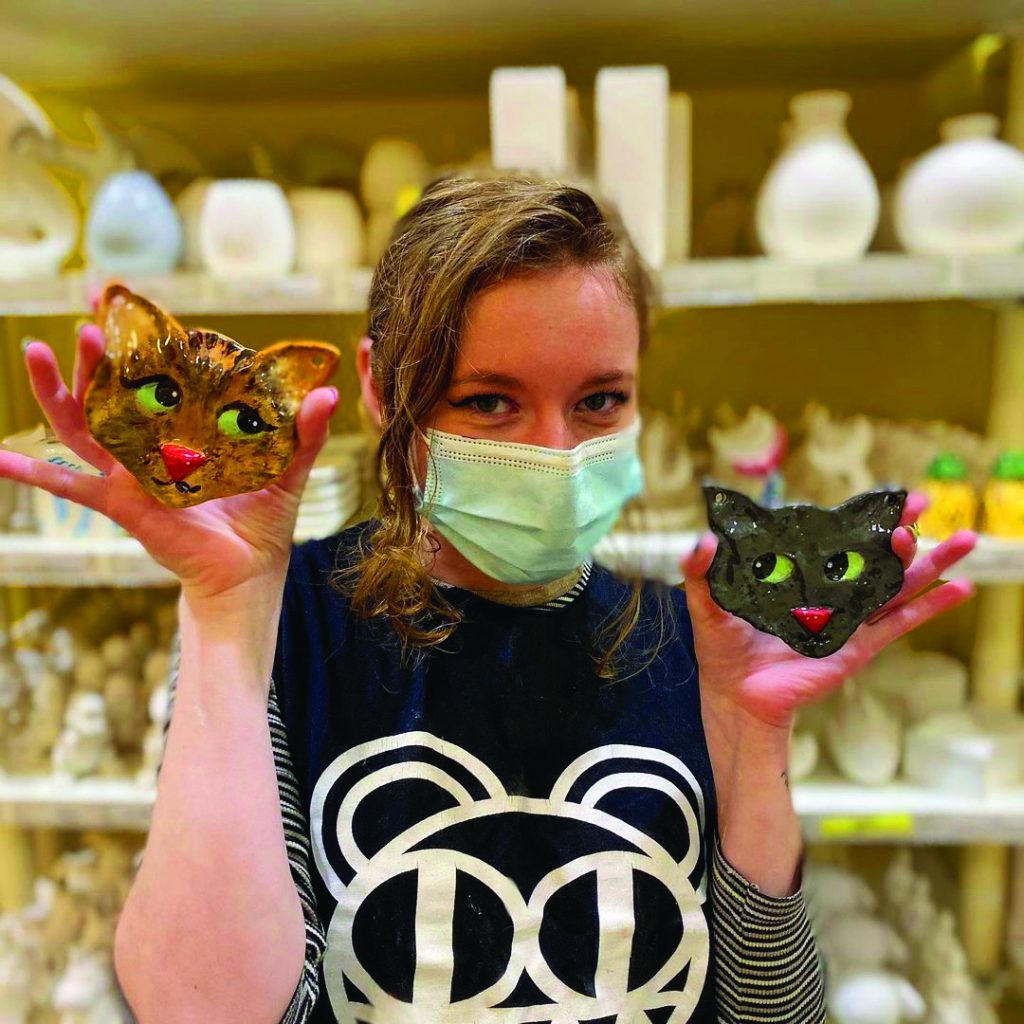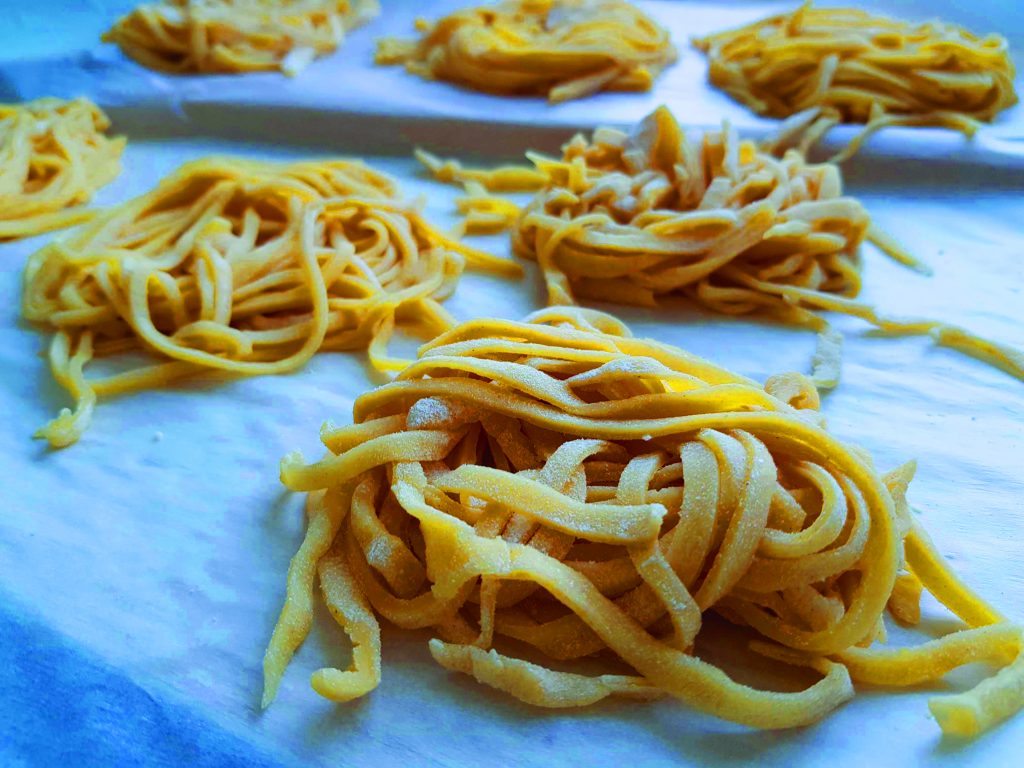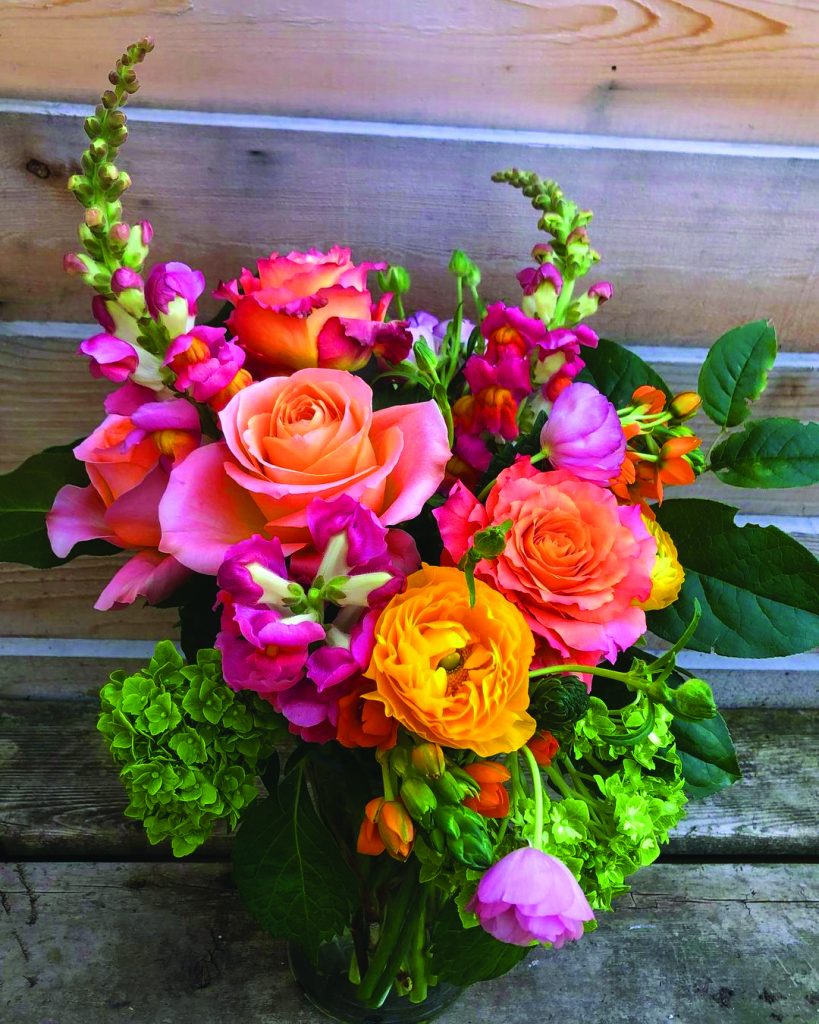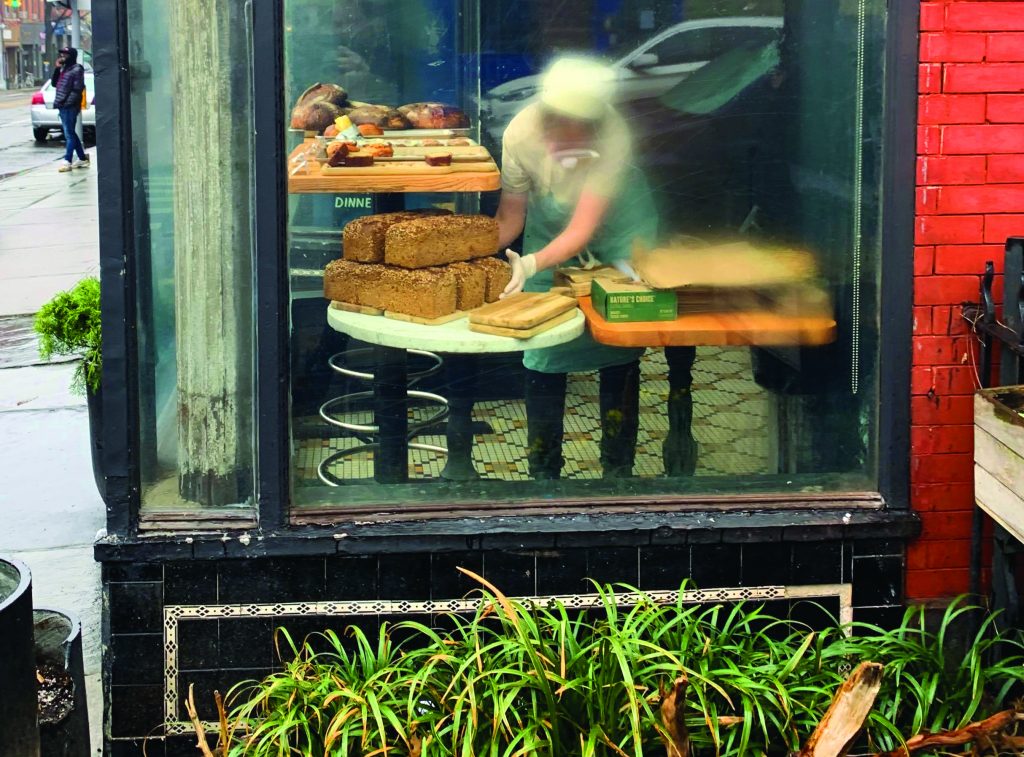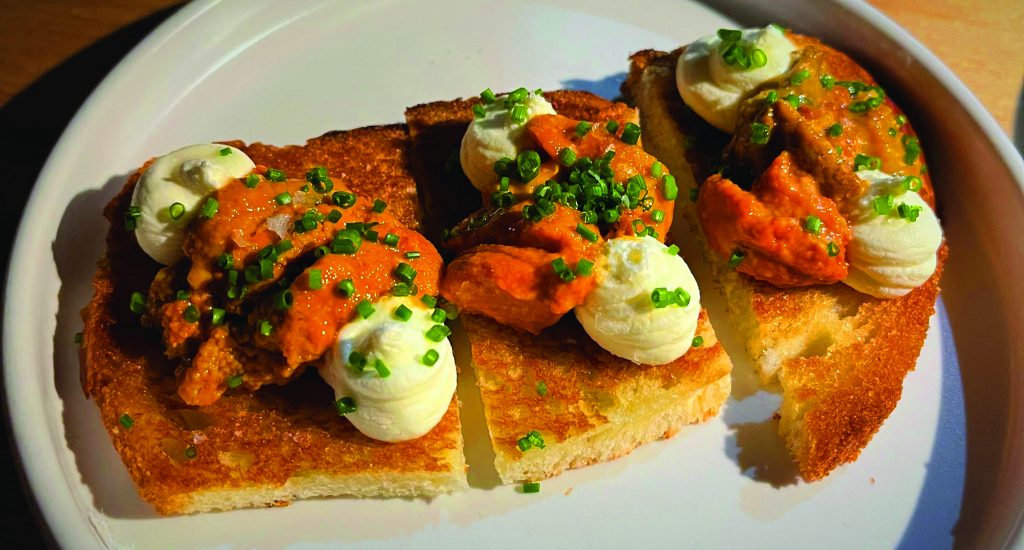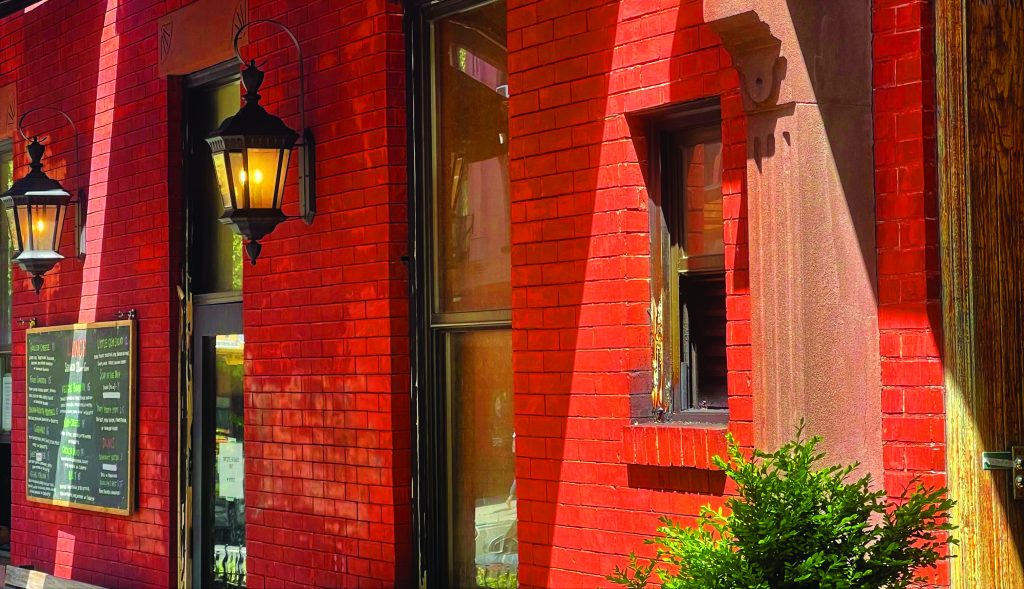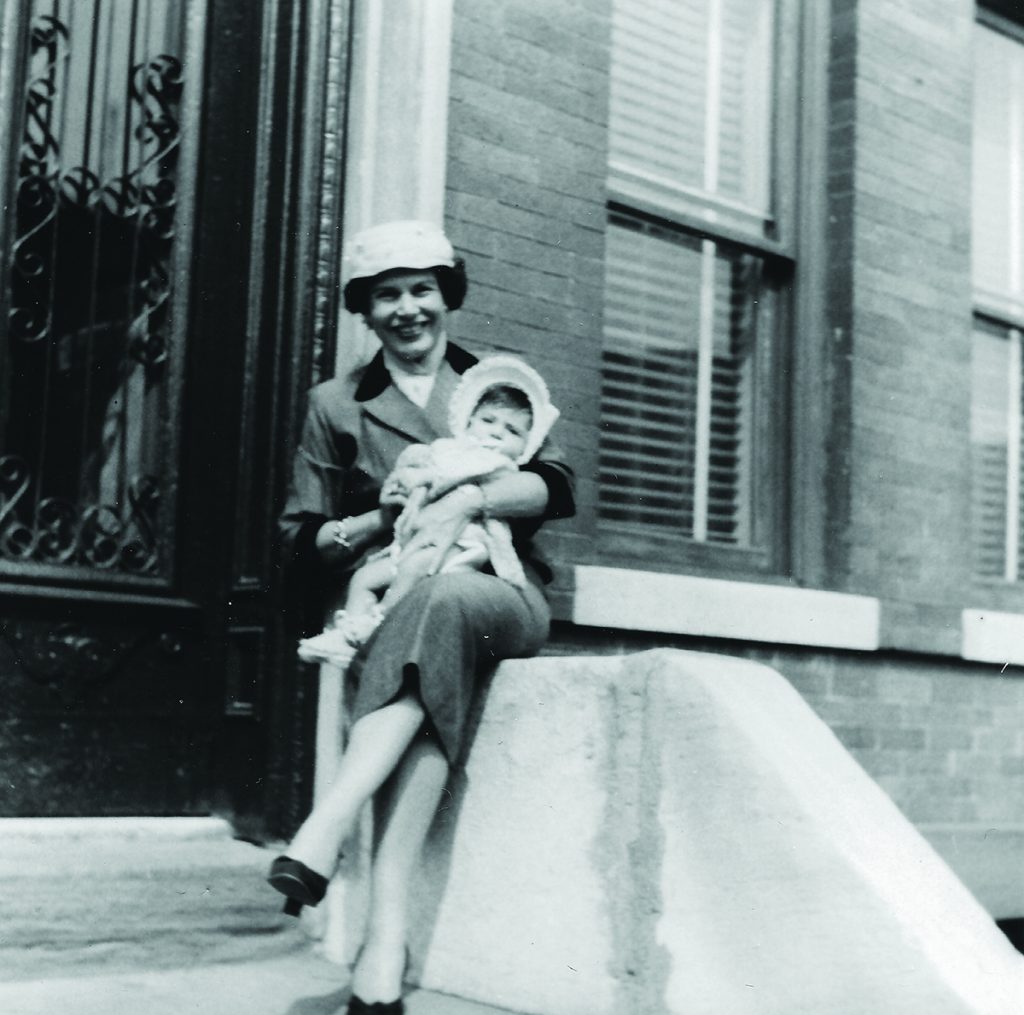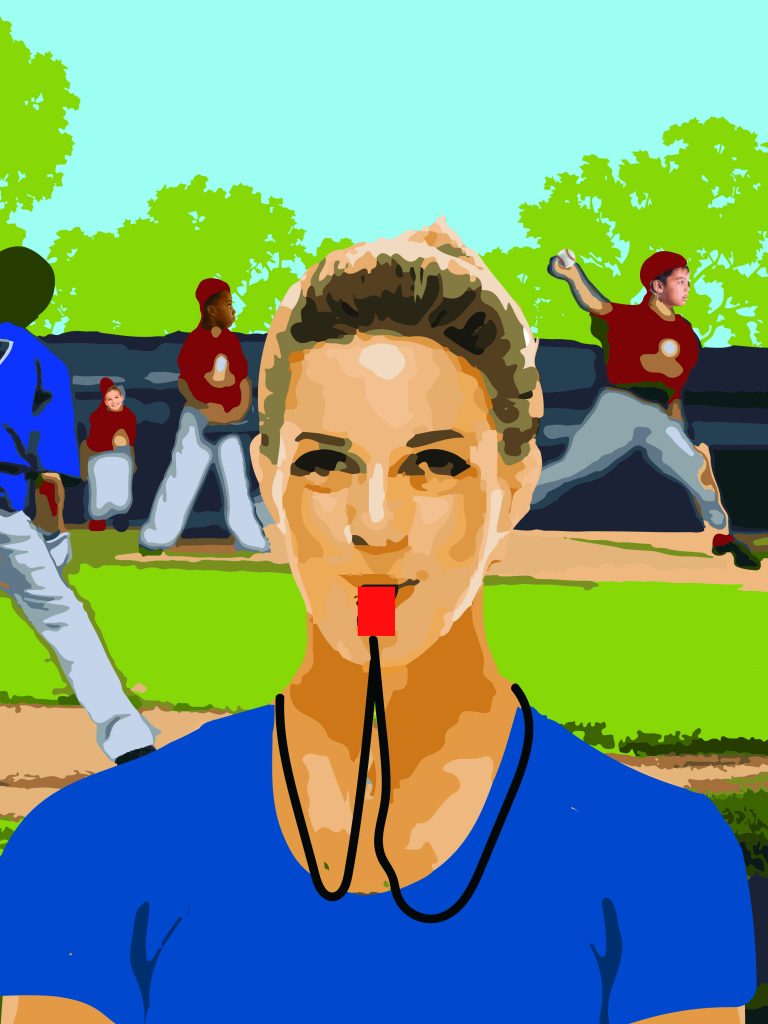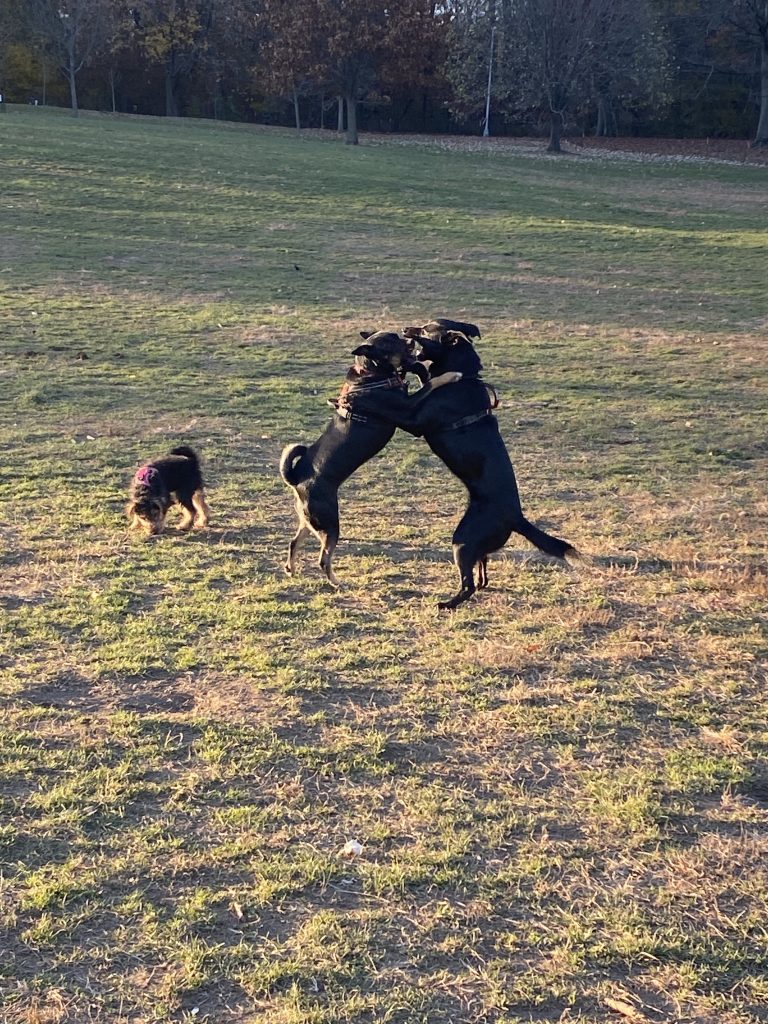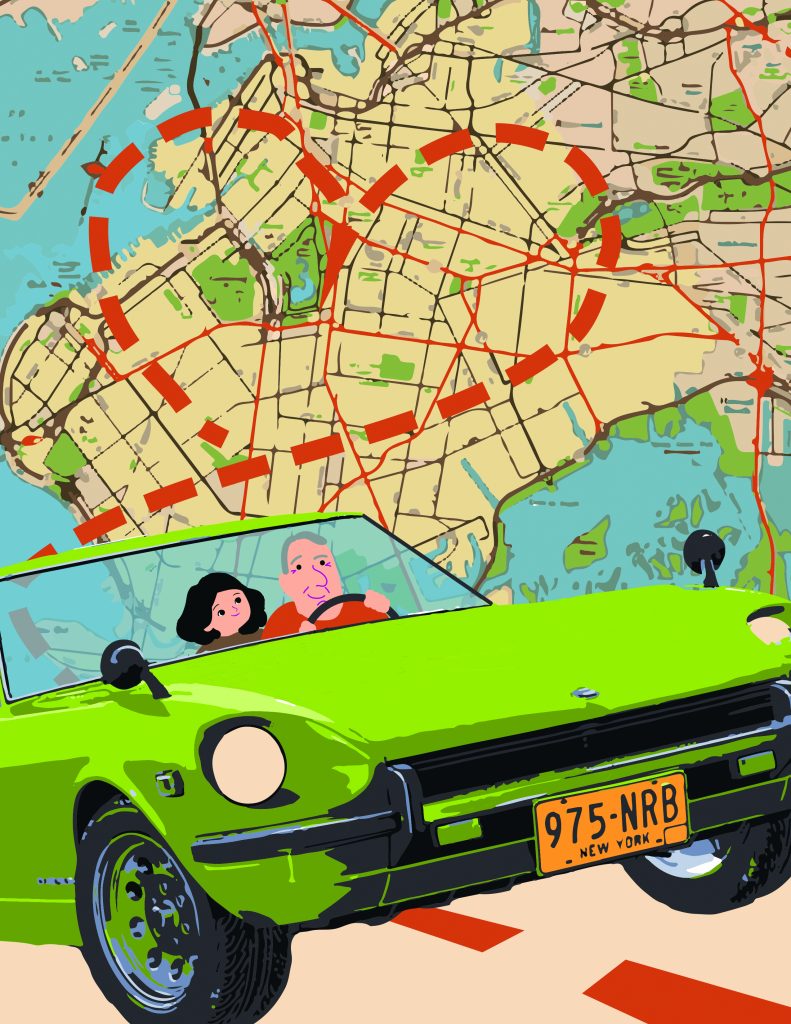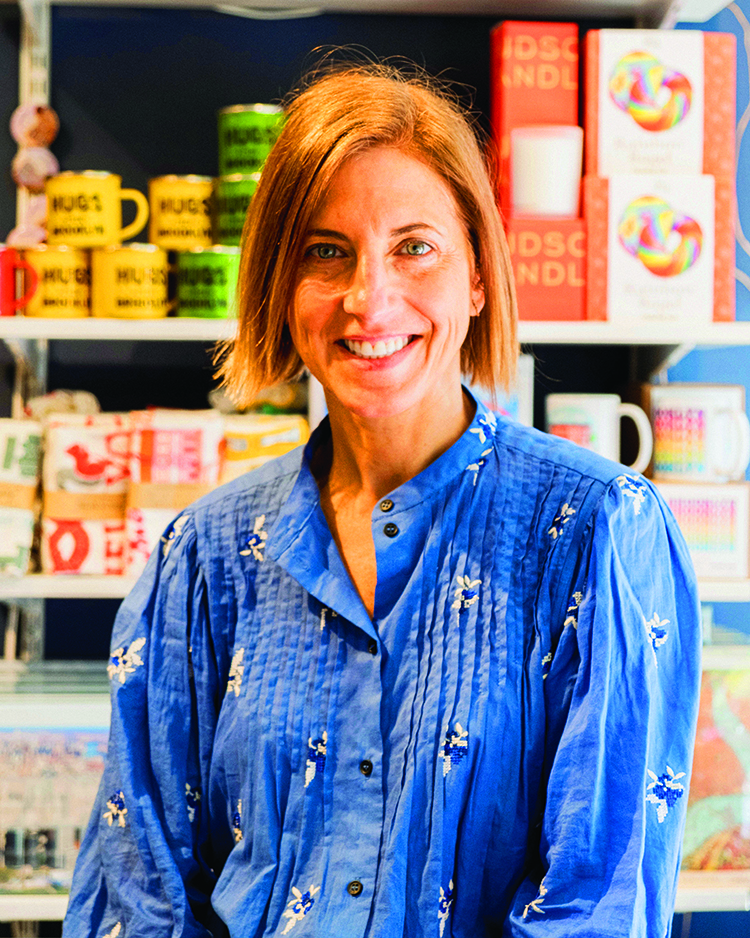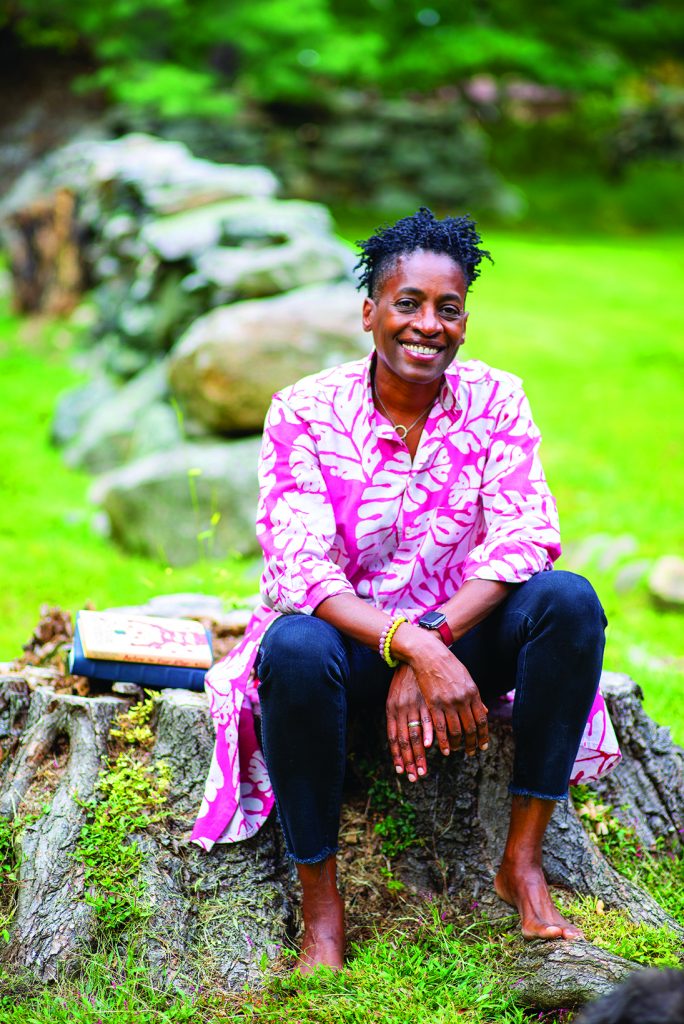
The Slope Survey returns for its 24th installment.
What brought you to Park Slope?
I grew up in Brooklyn (Bushwick). After college, I heard about a woman looking for a housemate in Prospect Heights. The woman was Linda Villarosa who would become a renown journalist. Linda and I became good friends and when our building was sold, we found an apartment on 6th Avenue and 6th Street. Park Slope’s nickname was Dyke Slope because of the many queer woman living in the area. It was also amazingly racially diverse and beautiful. That was back in the early 90s. Even then, I knew I wanted to settle here and raise a family. And years after that, I, with my beloved, bought a house from two women on 5th Street. The serendipity of it was that one was a librarian and a fan of my work. We kept in touch until her passing a few years back.
What is your most memorable Brooklyn moment?
Hmmmmm— I had a German Shepherd – Toffee. She was a sable shepherd with a stunning coat. She was also deeply neurotic and so badly trained (my fault). We were watching a parade on 5th Avenue and I was with my friend, Jana who knew Toffee as a dog who barked at every sound and paced our house incessantly. But outside, Toffee lay down and calmly watched the parade and it seemed every single person passing had to stop and have a moment with her. People kept talking about what a spiritual being she was. Jana was wide-eyed and I had to laugh and the outside/inside Toffee. I’m sure I’ve had many memorable moments here but that’s way up there.
Describe your community superpower.
My community superpower IS my community. Park Slope got less and less diverse as the years passed but my friends and I kept our families close and raised our children together, having Sunday Dinners from the time the children were young till now when some have graduated college. We’ve been intentional about making sure they are in environments where they is not only one like them and that they see themselves reflected in the people around them, the books they read, the shows they watch. My superpower is keeping us close, making sure the dinners continue, the kids remain connected, and we continue to support each other as we do the work we have to do.
If you could change one thing about the neighborhood, what would it be? I wish it was more racially and economically diverse. I wish the Mom and Pop stores that used to exist on 5th Avenue could have survived alongside the restaurants and clothing shops. I wish people said hello to strangers the way they used to do. You see less and less of that here which saddens me.
What do you think Brooklyn will look like in 10 years?Jeez – who knows? I will hopefully still be sitting on my stoop with my computer on my lap as the great world spins around me.
What are you reading, would you recommend it? Emma Straub’s This Time Tomorrow – YES!!!!! And Does Perkins-Valdez’s Take My Hand – and yes again!
What is your greatest extravagance?I think starting Baldwin For The Arts was HUGE. When I got the Astrid Lindgren Award, I founded it. And when I got the Macarthur, I continued building. (And continue to build). It’s bigger than so many things I’ve done – exhausting and exhilarating. Oh – and Art! I get really excited by stunning art. I love black and white photographs – Carrie Mae Weems, Dawoud Bey, James Barnor…
If you couldn’t live in Park Slope or in Brooklyn, where would you go?Harlem.
Who is your hero, real or fictional?If I started listing my heroes, folks would be reading this for days.
Last Word, What’s is turning you on these days?Walking/runing 5-6 miles a day. SO much easier to do now that the weather is better.
Jacqueline Woodson is the recipient of a 2020 MacArthur Fellowship, the 2020 Hans Christian Andersen Award, the 2018 Astrid Lindgren Memorial Award, and the 2018 Children’s Literature Legacy Award, and she was the 2018–2019 National Ambassador for Young People’s Literature. Her New York Times bestselling memoir, Brown Girl Dreaming, won the National Book Award, as well as the Coretta Scott King Award, a Newbery Honor, and the NAACP Image Award. She also wrote the adult books Red at the Bone, a New York Times bestseller, and Another Brooklyn, a 2016 National Book Award finalist. Her dozens of books for young readers include Coretta Scott King Award and NAACP Image Award winner Before the Ever After, New York Times bestsellers The Year We Learned to Fly, The Day You Begin, and Harbor Me, Newbery Honor winners Feathers, Show Way, and After Tupac and D Foster, and the picture book Each Kindness, which won the Jane Addams Children’s Book Award.

